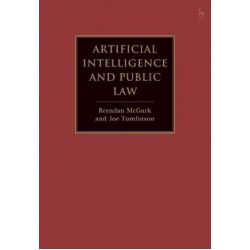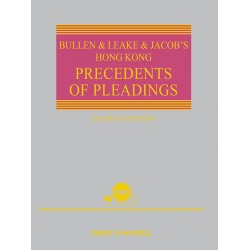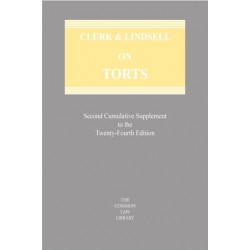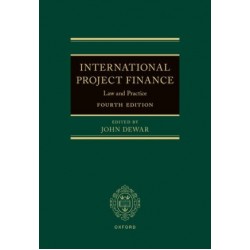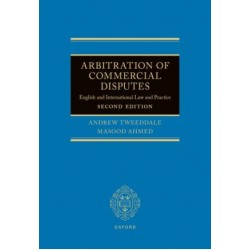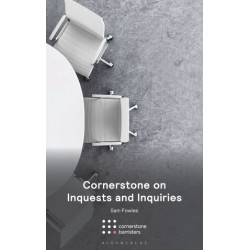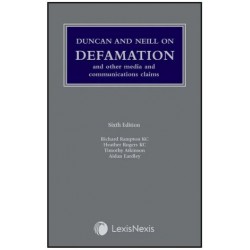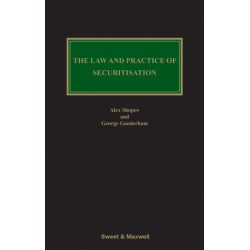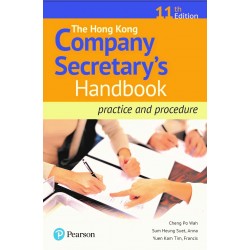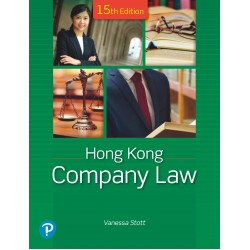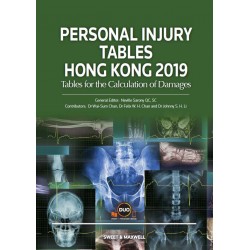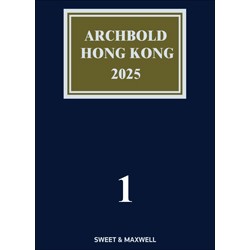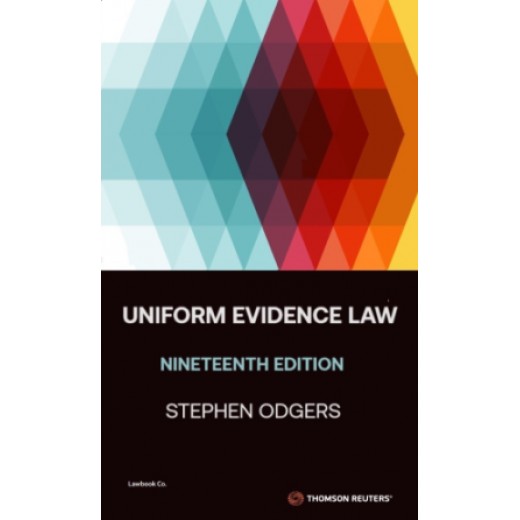Australia Title
Uniform Evidence Law 19th Edition provides Australia’s leading guidance on the uniform evidence law for barristers, courts, litigators and students alike. With up to a quarter of the legislative provisions reviewed in the courts annually, it is essential to have a current copy at hand.
UPDATED ANNUALLY
Uniform Evidence Law is an annual publication, ensuring customers have the most updated text on the market. This currency combines with the unchallenged authority of Stephen Odgers’ commentary to provide the premium product on uniform evidence. The affordable price ensures access to this best-value treatment.
NEW TO THE 19th EDITION
Legal developments are thoroughly considered.
Matters considered in High Court judgments include:
- the continuing application of evidence principles of common law and equity pursuant to s 9: McNamara v The King [2023];
- disclosure of reasoning so as to demonstrate that an opinion is based on expertise. (s 79(2) of the Act): Lang v The Queen [2023];
- discretionary exclusion of evidence adduced by a criminal defendant because of prejudice to a co-defendant (s 135 of the Act): McNamara v The King [2023].
- assessing the probative value of expert evidence when considering discretionary exclusion (s 135, s 137): Lang v The Queen [2023] HCA 29
Appellate and lower court judgments have been distilled and incorporated into the work. Key matters addressed include:
- the practice that evidence of conversations should, if possible, be given by a witness in direct speech has been called into question (s 26 of the Act): Kane’s Hire Pty Ltd v Anderson Aviation Australia Pty Ltd [2023]; Gan v Xie [2023];
- a question of a witness containing an assertion as to a prior representation in a document does not mean that the representation is “read into evidence” (s 43 of the Act): Moore v Goldhagen [2024];
- a reference by a prosecutor to an absence of evidence from the defendant would usually be regarded as a comment prohibited by s 20(2) of the Act: Day v Rex (No 2) [2023];
- a message posted on a website (which occurs when words are typed on a computer and then transmitted to the website via the Internet) is a document (s 48 of the Act): DPP v Hicks (a pseudonym) (No 4) [2024];
- provisional relevance where there is an alleged common purpose (whether to effect an unlawful conspiracy or otherwise), under s 57(2) of the Act: Macdonald, Ian v R; Edward Obeid v R; Moses Obeid v R [2023];
- the hearsay exception for statements made “shortly after the asserted fact occurred and in circumstances that make it unlikely that the representation is a fabrication” (s 65(2)(c) of the Act): Huici v The King [2023], Moore (a pseudonym) v The King [2023], Gesler v State of Tasmania [2023];
- admissibility in a civil proceeding of evidence that a party has been convicted of an offence (s 92 of the Act): Osbourne v Butler (a Pseudonym) [2024];
- the importance of not eliding coincidence reasoning and tendency reasoning (s 97, s 98 of the Act): Rhodes (a pseudonym) v The King [2024];
- when it is not “reasonable” to hold an identification parade (s 114(2) of the Act): Harika & Anor v The King [2023];
- whether a person was “intentionally influenced to identify the defendant” (s 114(2) of the Act): Fowkes v The King [2023]; and
- must a “charged act” relied upon for tendency reasoning have to be proved beyond reasonable doubt (s 141): DPP v Roder (a pseudonym) [2023] VSCA 262; Restricted Judgment [2023] NSWCCA 119
With its popular and highly accessible annotated legislation format, and comprehensive commentary, Uniform Evidence Law 19th Edition is the authoritative voice on evidence law in NSW, the Commonwealth, Victoria, Tasmania, the ACT and Northern Territory


